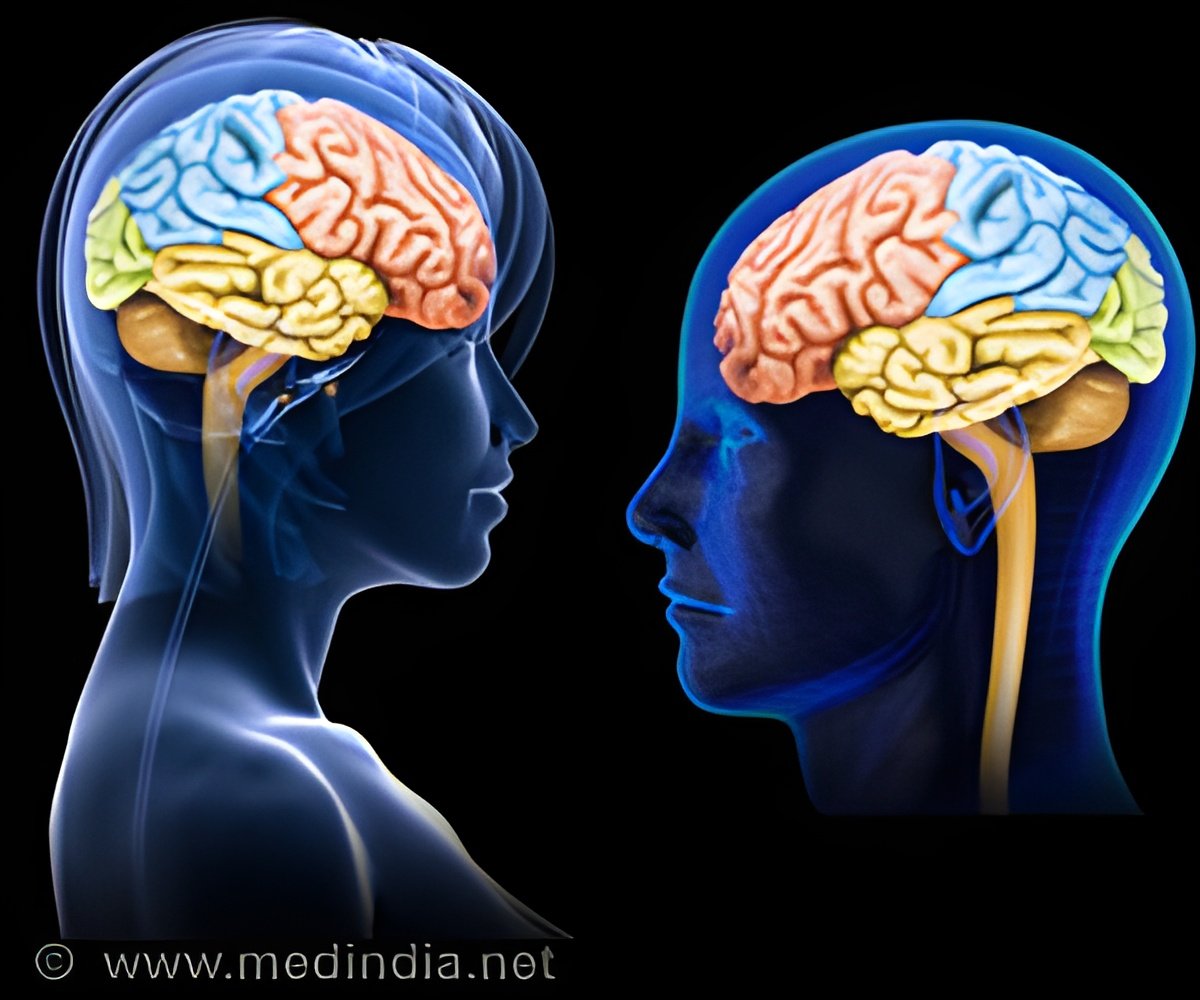Virtual brain could be used to predict the effects of tumors and consequent surgery on brain function.
The neural activity has been simulated based on the unique structural architecture of individual brain tumor patients using a platform called The Virtual Brain, revealed researchers.
The Virtual Brain could improve surgical planning and outcomes. The findings are reported in eNeuro.
TOP INSIGHT
Virtual brain could be used to predict the effects of tumors and consequent surgery on brain function.
Brain surgery is delicate work that requires careful planning to maximally remove a tumor while leaving the surrounding tissue intact. Common techniques such as functional magnetic resonance imaging (fMRI) are used to map out a surgical strategy by identifying important functional areas close to the tumor. These approaches are limited, however, in their ability to predict post-surgical outcome because of the complex dynamics of the brain and the widespread modifications of brain activity.
Using the open-source software The Virtual Brain, Hannelore Aerts and a team led by Daniele Marinazzo modeled 25 individual brain networks of brain tumor patients and 11 of their partners as a control group. The researchers demonstrated that these individualized models can accurately predict the effects of the tumors on brain connectivity. This result opens the possibility of integrating neuroimaging data with virtual brain modeling to improve surgical planning and outcomes.
Source-Eurekalert

 MEDINDIA
MEDINDIA




 Email
Email










